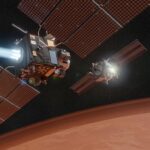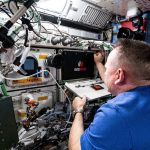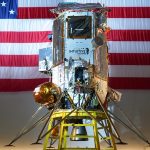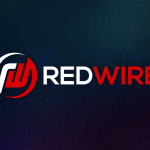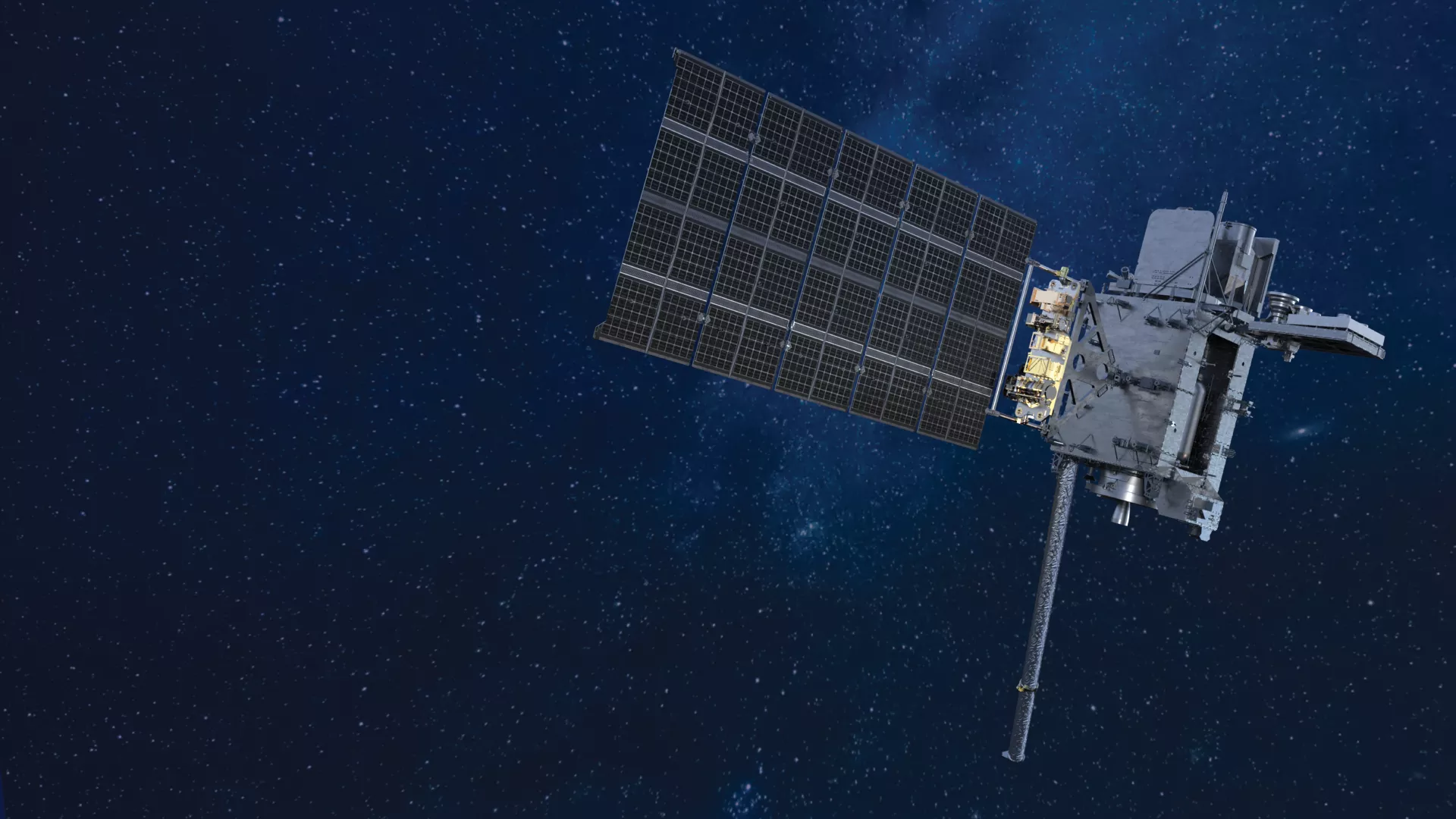
Redwire is proud to be supplying critical guidance, navigation, and control components for National Oceanic and Atmospheric Administration’s (NOAA) latest Geostationary Operational Environmental Satellites (GOES) satellite, GOES-U, the fourth in the GOES Series. Redwire has supplied critical navigation components for the entire GOES-R series of satellites. Learn more about the mission and Redwire’s navigation technology from Redwire Principal Engineer, Mike Kagan.
What is your role at Redwire? How long have you been with the company?
I started at Adcole Corp, which was acquired by Redwie, 36 years ago, straight out of grad school. From the beginning until just a few years ago, I’ve provided technical support for sun sensors exclusively. Presently I’m still the technical POC for sun sensors, but also work with Solar Array Drive Assemblies (SADAs) and provide occasional technical support for our line of star trackers.

What is Redwire providing for the GOES-U mission?
GOES-U is the fourth spacecraft in the GOES-R family. For each of these spacecraft, we are providing two extremes in sun angle detection: A highly accurate Fine Sun Sensor, which is mounted onto a Sun Pointing Platform to support two sun pointing scientific instruments; and six Coarse Sun Sensor pyramids that give complete spherical coverage for the solar arrays, as well as coarse sun angle information for the spacecraft body.
What makes the GOES-U mission so important?
The GOES-U spacecraft is intended to become the new GOES East spacecraft to provide our most sophisticated weather observations (this can’t come fast enough, as a very active Atlantic hurricane season is already predicted for this year). As our climate continues to warm, all expectations are for more extreme meteorological events, which makes the precise monitoring that GOES-U can give us more critical than ever. And the solar activity that took place last month was the strongest in years, so the UV and X-ray coverage of the sun that GOES gives us is especially appreciated, since we’re near solar maximum at present.
What other GOES missions has Redwire supported?
We’ve provided the same Fine and Coarse sun sensors for each of GOES R, S, T, and U. Previously we provided several different Fine and Analog Sun Sensor units on previous GOES missions, primarily for solar array pointing and failsafe recovery.
What are you most excited about when it comes to GOES-U?
I’m hoping for successful launch and spacecraft commissioning, and then many years of accurate weather and solar activity monitoring. This is the last of the series, and plans are already under way for a new generation of weather monitoring satellites that will enable NOAA to patrol our weather and oceans in unprecedented detail. Whenever anyone asks me if the U.S. space program is worth the expense, my very lengthy response always begins with the wealth of knowledge our meteorological satellites have continuously given us.
Learn more about previous GOES missions here.
